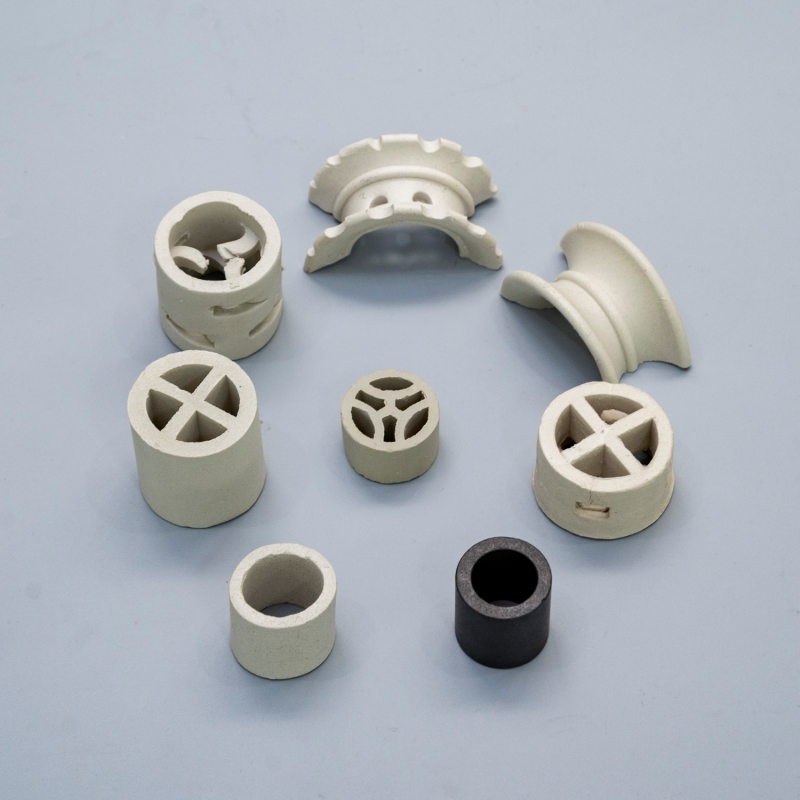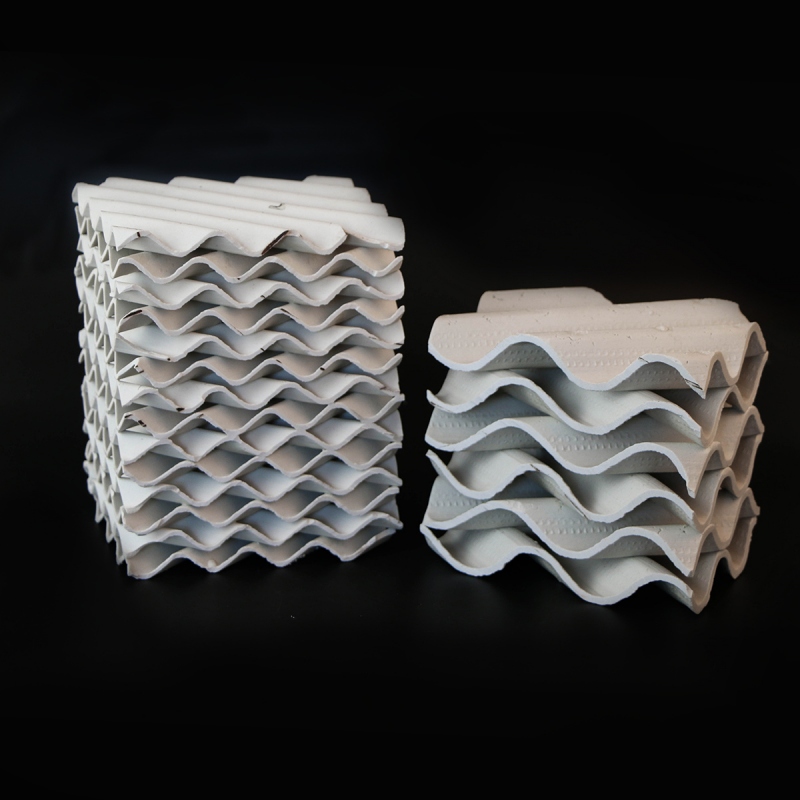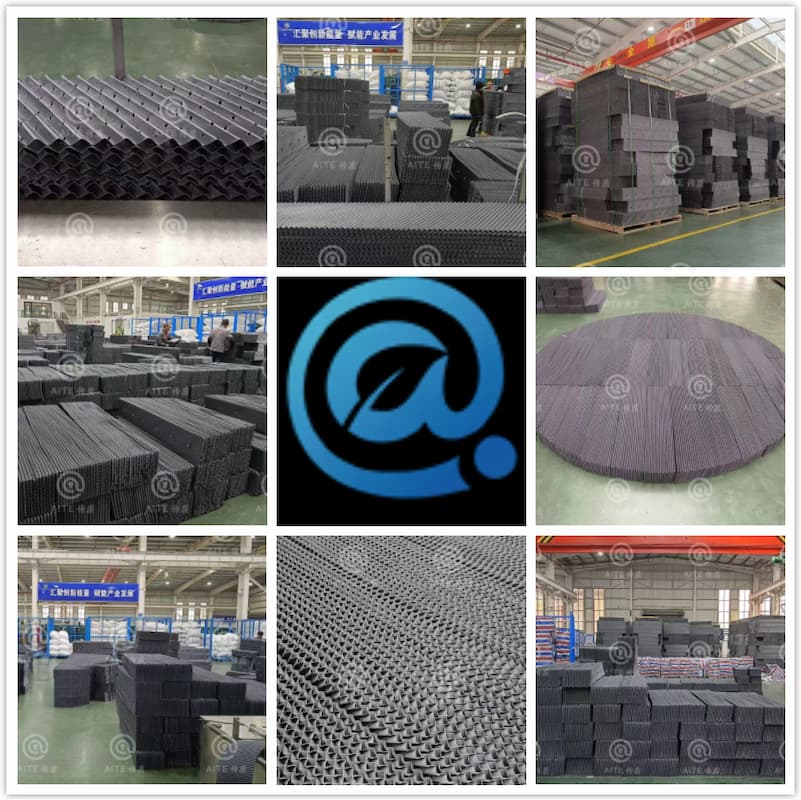Ceramic packing is an industrial packing made of materials such as silicates and alumina, mainly used in tower equipment in the fields of chemical engineering, environmental protection, metallurgy, etc. It improves mass transfer efficiency by enhancing gas-liquid or liquid-solid contact, and has characteristics such as acid resistance, heat resistance, and corrosion resistance.

Core functions and application areas:
The core function of ceramic packing is to optimize mass transfer processes by increasing contact area, reducing fluid resistance, and improving reaction efficiency. Its main applications include:
Chemical industry: used for equipment such as absorption towers and distillation towers to treat corrosive media such as sulfuric acid, nitric acid, halides, etc.
In the field of environmental protection, harmful components are removed in waste gas treatment (such as desulfurization and denitrification) and wastewater purification.
Energy and Metallurgy: Gas Separation and Cooling in Natural Gas Purification, Petroleum Refining, and Cooling Towers.

Performance advantages:
The outstanding characteristics of ceramic fillers make them the preferred choice for harsh environments:
Corrosion resistance: It can resist strong acids and bases other than hydrofluoric acid, and is suitable for highly corrosive processes.
High temperature resistance: Some models (such as alumina fillers) can withstand temperatures above 1000 ℃.



